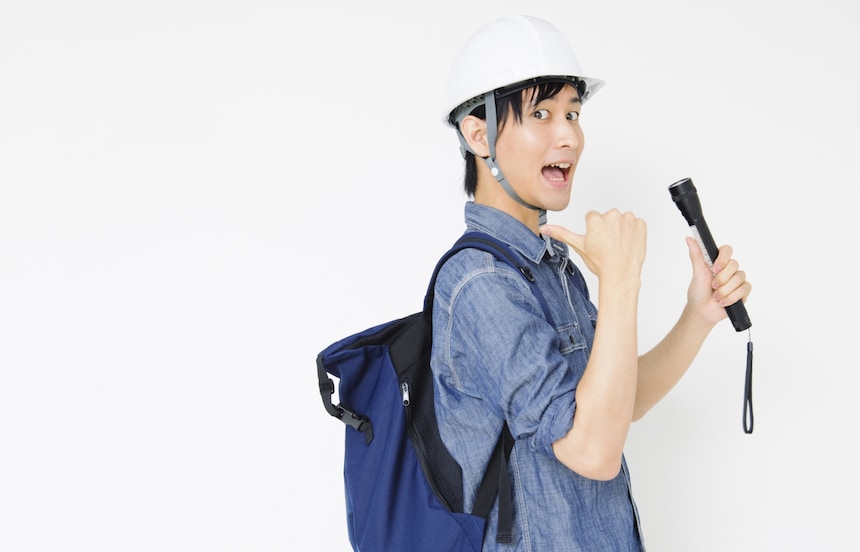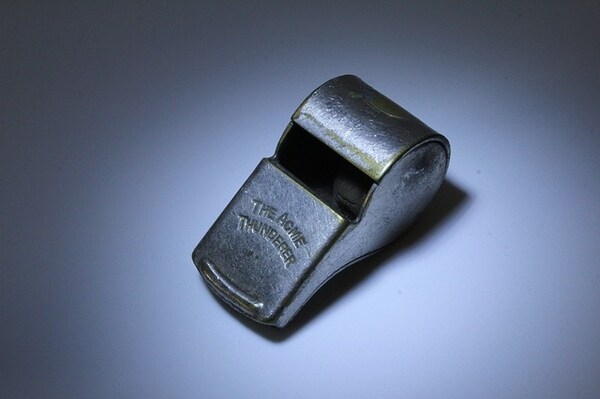How to Prepare for a Huge Earthquake in Japan

Know Your Embassy

Before departing your home country, be sure to know what your embassy in Japan can and cannot do for you if a huge earthquake occurs during your trip. In a sudden crisis, your embassy will take action according to the nature and seriousness of the disaster. Visitors are also encouraged in advance to sign up for special enrollment programs, such as Smart Traveler Enrollment Program (STEP) for U.S. citizens. It facilitates the confirmation of your safety by your country.
- step.state.gov (English)
Earthquake Warning: There's an App for That

Before your trip to Japan, be sure to download the Earthquake Early Warning App on your smartphone, released by Japan National Tourism Organization (JNTO). It's an alert app for international tourists that will send an early warning of an earthquake as well as provide useful information for evacuation. JNTO also updates the website with safety tips for international travelers and other organizations, such as Tokyo International Communication Committee, who publish information about comprehensive evacuation guides for international residents and travelers in various languages. Be sure to bookmark them on your device before your departure.
Packing Preparedness

If you find yourself, unfortunately, in the midst of a huge earthquake while in Japan, you may need to get back to your hotel, inn or embassy by yourself, or spend the night without any help in a dark basement, train tunnel or other inhospitable areas. Be sure to pack emergency items in your rucksack or travel bag. Some helpful items include:
• Flashlight
• Portable radio
• Whistle
• Paper map
• Essential medications
• First aid kit
• Money, especially small bills and coins for using public phones
• Bottled water and emergency food such as chocolate, nuts, candies, granola bars or cookies
While it isn't guaranteed you'll need the items while traveling Japan, you'll certainly be prepared if danger befalls you.
- jp.usembassy.gov (English)
Practice Evacuation Procedure

No matter where you are, a sudden huge earthquake may completely rob your freedom of movement. Besides being unable to move because of large barriers that could bar your passage, you might also find yourself frozen to the spot with horror. Be sure to protect your head regardless of being inside or outside.
When you are inside, first crouch under a table or cover your head with a shopping basket, thick book, your bag or jacket, and wait for the initial earthquake to subside. Being indoors may be safer so don't hastily run outside. After the primary wave ends, open the doors and windows around you to avoid being trapped in by aftershocks. When you are in a coastal area, however, a huge tsunami may come. If you hear a loud siren or receive an alert on your mobile device, rush upstairs or to higher ground immediately.
If you are outside when the huge primary wave hits, again, cover your head with your bag or jacket. If at all possible, try to stay away from buildings and walls. If you are driving a rental car, park your car slowly on the left side and stop the engine. After the following tremors stop, get out of the car and leave the key in the ignition and the doors unlocked. This is to ensure a member of rescue team can move your car if the need arises. In any case, follow the instructions given by the staff of your accommodation or a tour guide. If no instructions are issued, evacuate on foot to a safe area, such as a big park, public school, open space or shelter far away from the coast.
- www.jnto.go.jp (English)
Print Communication Cards

In the safe area where you evacuate, there may not be anyone able to speak English. A deficiency in information could understandably lead to frustration and you may start to panic. Be sure to prepare communication cards to gather useful information. Communication cards are paper cards having specific questions printed on them, such as "Is it safe here?" in multiple languages. They are there to facilitate the exchange of information with Japanese people around you in the evacuation center. JNTO makes these cards for international travelers and posts them on the official website. You can easily download and print them out in advance. Be sure to put them in your travel pack or wallet before you head out.



